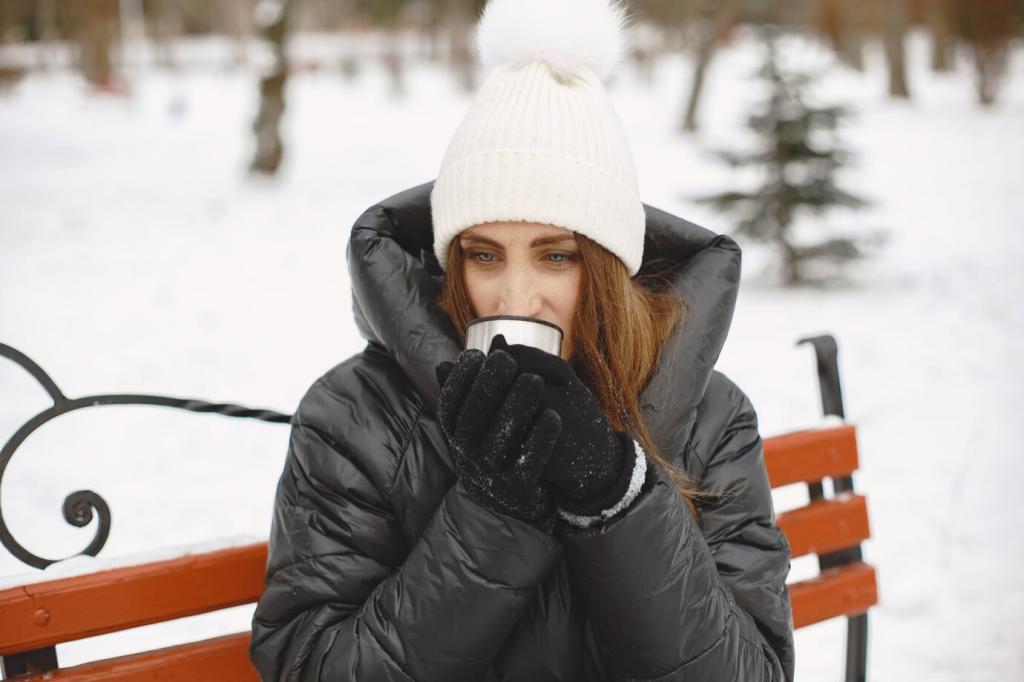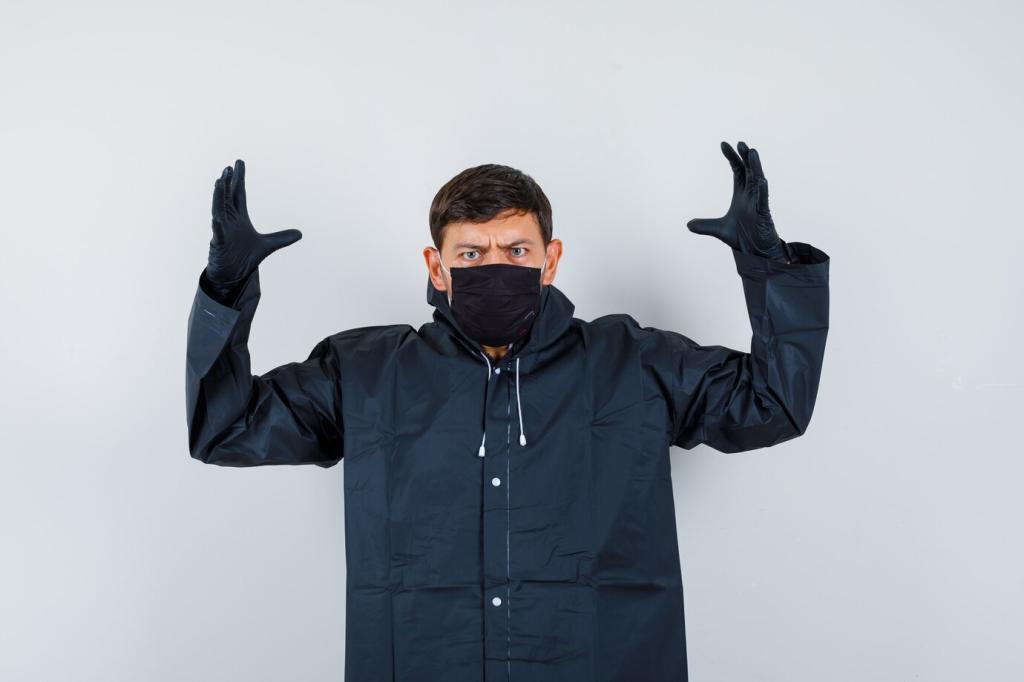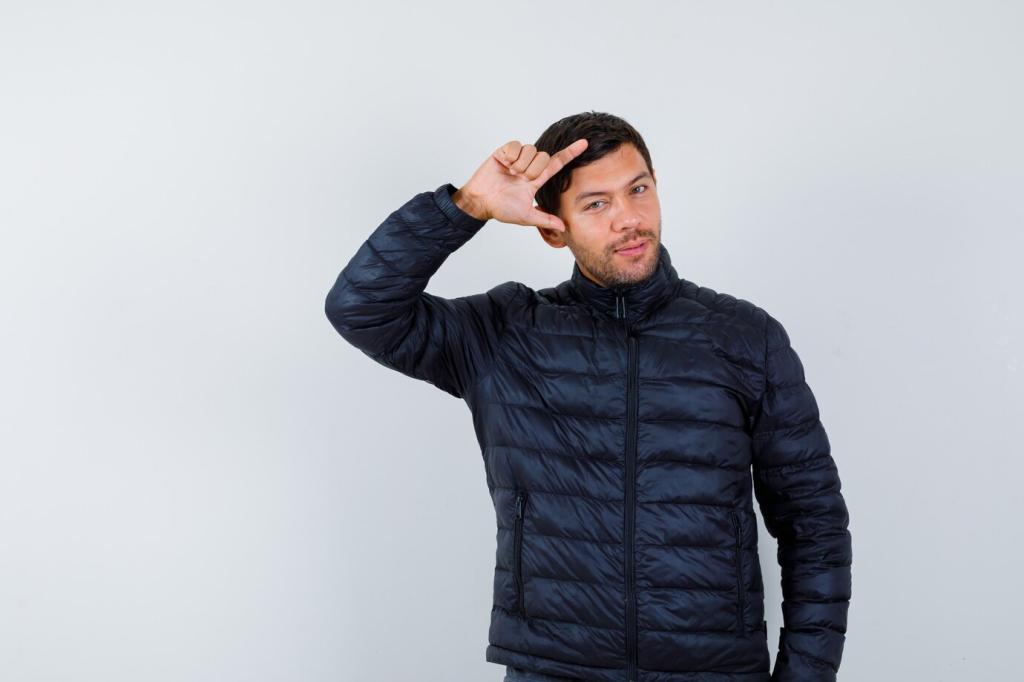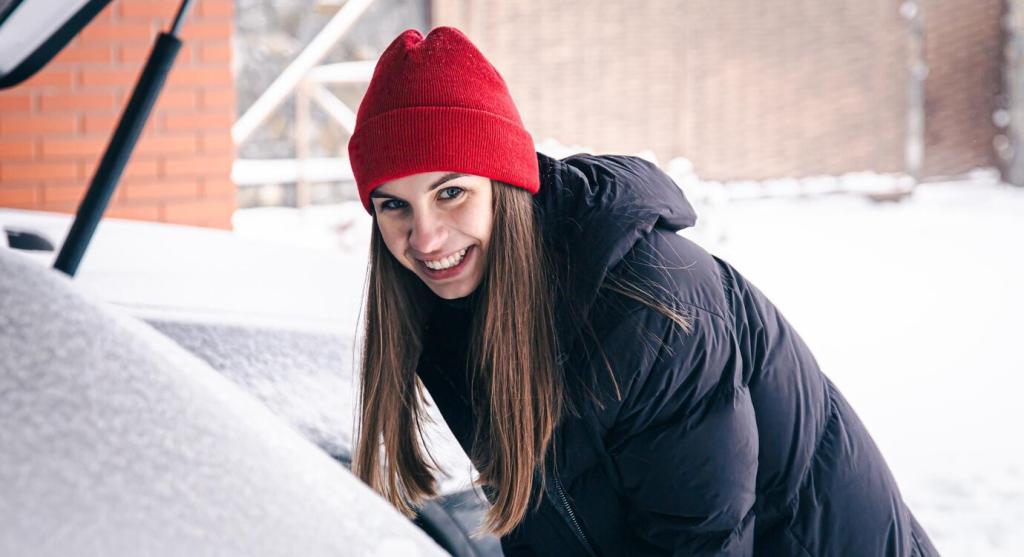Essential Clothing for Cold-Weather Treks
Chosen theme: Essential Clothing for Cold-Weather Treks. Discover how to build a reliable clothing system that keeps you warm, dry, and confident when temperatures plummet. Read on, share your tips, and subscribe for more field-tested winter insights.

Mastering the Layering System
Start with a next-to-skin layer that pulls sweat away fast. Merino wool resists odor and regulates warmth; synthetics dry quickly and are budget-friendly. Avoid cotton entirely, as it traps moisture. Aim for a snug, non-restrictive fit. What do you prefer—merino or synthetic? Tell us why and how it performs on your coldest outings.


Mastering the Layering System
Down offers exceptional warmth-to-weight and compressibility, especially in dry, frigid conditions. Synthetic insulation keeps working when damp and dries faster, ideal for humid snow or stop‑and‑go efforts. Consider a midweight fleece for active movement and a lofty belay jacket for rest stops. Share your coldest camp moment and which insulation saved the night.
Keeping Extremities Warm
Gloves and Mittens: The Dual-System Approach
Combine liner gloves for dexterity with insulated mittens for deep cold. Carry a waterproof overmitt to block wet snow and wind. Stash chemical warmers for emergency heat. Rotate damp liners at lunch to keep fingers nimble. What glove‑mitten combo keeps you writing, snapping photos, and still feeling your fingertips?
Head and Face: Hats, Balaclavas, and Buffs
Cover exposed skin to limit heat loss and windbite. A thin beanie or liner cap fits under hoods, while a balaclava shields cheeks and nose. Swap layers as you climb to avoid sweat-soaked fabric. If glasses fog, try a nose bridge wire or adjust airflow. Which face covering works best in gusting spindrift for you?
Neck and Breath: Gaiters, Masks, and Moisture
A fleece neck gaiter seals your collar and warms inhaled air. Rotate damp fabric before it ices. Some masks manage condensation better; test at home before big days. Keep airflow balanced to reduce fogging and chills. Tell us your trick for breathing comfortably when the thermometer sinks and the wind starts to howl.

Footwear and Sock Systems for Snow and Ice
Insulated hiking boots or winter-specific models balance warmth, support, and traction. Leave toe room for circulation and thicker socks. Removable liners dry faster overnight. Match soles to your traction device and terrain. Practice secure lacing to avoid pressure points. What boot model has earned your trust on long, frigid days?
Moisture Management and Thermal Regulation on the Move
Open pit zips, loosen cuffs, and crack your main zipper before you start sweating. Remove a hat on climbs; add it back on windy ridges. Start slightly cool at the trailhead. Small adjustments beat big chills later. What is your first venting move when the gradient steepens and your pace picks up?
Moisture Management and Thermal Regulation on the Move
Shake out damp layers, then body-dry light items under a breathable shell while cooking. Sleep with liners or insoles inside a stuff sack near your core, if safe and comfortable. Consider vapor barrier liners only after testing. Never melt boots near flames. How do you reclaim warmth from soggy gloves by sunrise?


A Winter Trek Story and a Practical Packing Snapshot
At noon the calm vanished; spindrift scoured the ridge. We switched to mittens, zipped vents, and pulled hoods tight. A dry belay jacket at lunch kept shivers away. That single warm layer changed morale. Have you had a gear decision turn a rough day around? We’d love to hear your story.
A Winter Trek Story and a Practical Packing Snapshot
Think base top and bottom, midweight fleece, insulated jacket, waterproof-breathable shell, insulated pants, liner gloves, mittens, beanie, balaclava, neck gaiter, wool socks, spare socks, gaiters, and traction. Add sunglasses, sunscreen, and lip balm. What one item would you add or remove for your typical winter terrain?

